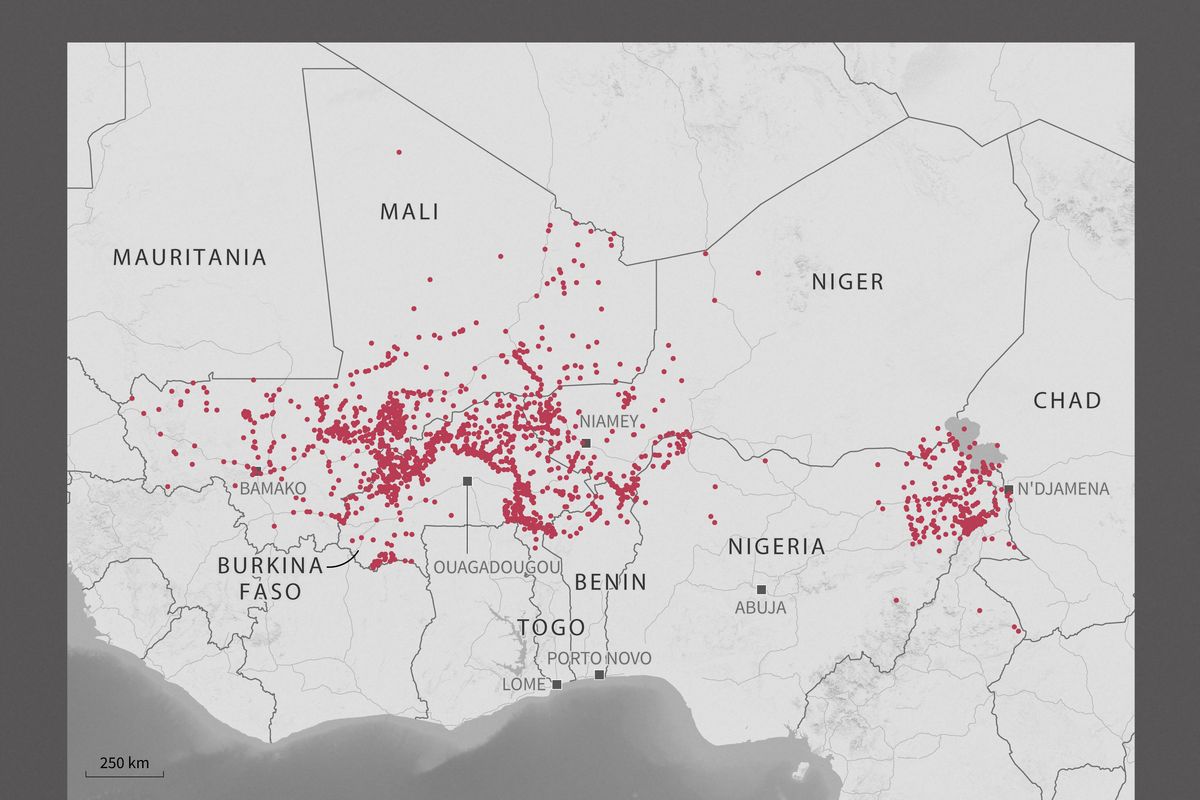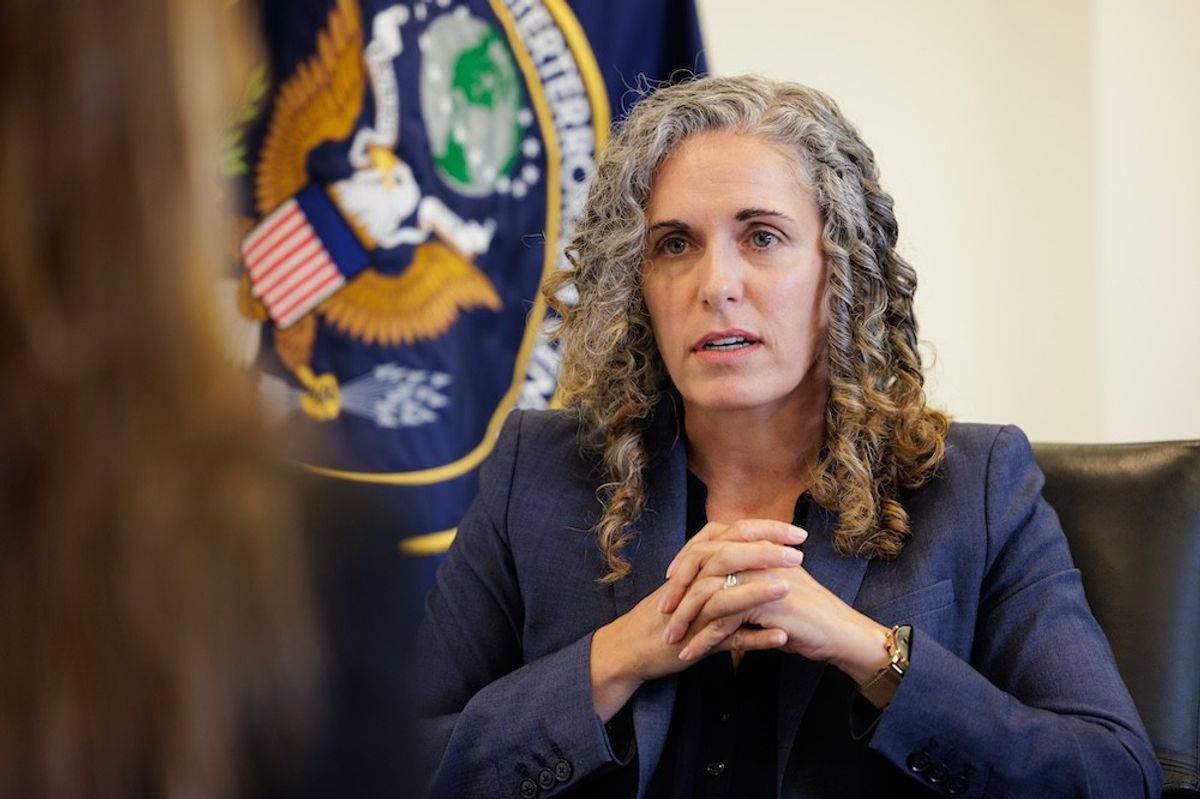Southeast Asia is emerging as an ISIS battlefield, and security threats in the region will accelerate and grow with the group’s global expansion – with an ISIS-centric threat landscape supplanting an al Qaeda-centric one.
ISIS and al Qaeda groups, networks, and cells will threaten governments and societies in 2017, but ISIS decentralization, in the form of attacks by local recruits rather than fighters returning from the ISIS heartland of Iraq and Syria, will spur a significant leap in the regional threat. In addition to attacks against government and coalition targets, ISIS will strike Westerners, non-Muslims, and Shia Muslims. Based on foiled plots, targets will include individuals, infrastructure, and other symbols of power. ISIS seeks to hit political leaders, law enforcement officials, political centers of power, police stations, places of worship, diplomatic missions (including Myanmar missions), and the media – especially television stations.
It is clear ISIS is growing globally. Intermittent attacks by ISIS, its supporters, and groups that have pledged allegiance to the ISIS "Caliph" Abu Bakr al Baghdadi characterize the current and emerging threat. ISIS has been consistently expanding beyond Iraq and Syria since the 2014 declaration of a "caliphate." Since then, the group’s mastery of social media has drawn nearly 50,000 foreign fighters to Syria and Iraq. More than half of these foreign fighters have been killed in anti-ISIS operations in Syria and Iraq. However, the ISIS narrative and subculture has been spreading worldwide, generating pockets of support.
While the world focused on developments in Iraq and Syria, ISIS expanded elsewhere, and it is now clear that the real threat is not from the foreign fighters who travelled to fight in Iraq and Syria – who are small in number and mostly demoralized, except for those who want to strike – but from groups in the fighters’ own countries coopted by ISIS and from nationals radicalized and militarized by ISIS propaganda. They are directed and influenced by the foreign fighters who traveled to Iraq and Syria, and form a part of the ISIS external operations wing.
In Southeast Asia, ISIS has successfully mounted attacks in Malaysia, Indonesia, and the Philippines.
A Filipino, an Indonesian, and a Malaysian appeared in an IS video in June. Speaking in their native languages, they urged Muslims to fight in Syria or the Philippines. Mohd Rafi Udin, alias Abu ‘Awn al-Malizi, appeared on a video released by the Islamic State Philippines threatening Malaysia. A week later, the ISIS network in Malaysia, Kumpulan Gaga Hitam (Black Crow Group), directed by Mohamed Jedi Wanndy, another foreign fighter in Iraq and Syria, hit an entertainment venue in Puchong, Selangor. Two ISIS operatives threw a homemade bomb into the Movida Bar and Lounge in Bandar Puchong Jaya on June 27, injuring eight patrons, one seriously. The same ISIS cell planned to hit the Platinum nightclub in Johor, patronized by Malaysians, Singaporeans, and other nationals, but the Malaysian Special Branch disrupted the operation.
A Malaysian ISIS fighter, Rafi Udin, remarked in a 20-minute video, “If you cannot go to [Syria], join up and go to the Philippines.” Today, ISIS and the supporters of the caliphate regard Mindanao, in the southern Philippines, as part of the organization’s territory. The two dozen foreign fighters operating in the Philippines include not only Asians and Middle Easterners but other nationalities. The most recent foreign fighter to be killed was Nadir Ali Ahmad, alias Abu Naila, a Belizean. Together with his local wife, Kadija, they were killed in Maasim in the Sarangani province of the Philippines on Jan. 7. He was hosted by a local ISIS group, Ansar Al-Khilafah Philippines, until its leader, Mohammad Jaafar Magui, alias Tokboy, was killed on Jan. 5 at a resort in Sarangani Province. Philippine National Police Chief Director, General Ronald dela Rosa said Abu Naila "wanted to fight in Syria, but he first went here in the Philippines to train.” In June, based on U.S. intelligence, 19 members of the Abu Naila family in Belize were rounded up and detained by police in a pre-dawn operation at their home in Hattieville. They were released, but Abu Naila persisted in his belief to fight and die.
The ISIS threat is growing in Indonesia, Malaysia, the Philippines, Thailand, Singapore, Brunei, and Myanmar. Islamic State Philippines is attempting to move Rohingyas to Mindanao for weapons training. The plight of the Rohingyas, which have become a vulnerable community, is being exploited by ISIS. As such, the threat to Myanmar will grow. With ISIS plans to declare a Wilayat (province) in Mindanao, the ISIS threat in the Philippines is now more serious. Initial ISIS inroads into the islands of Sulu, Basilan, and Tawi Tawi in Western Mindanao was through the Abu Sayyaf Group. However, the Sulu Archipelago where that group traditionally operates was not large enough to survive Philippine security operations.
Since President Rodrigo Duterte pressured commanders to eliminate both the Abu Sayyaf Group and ISIS, and their associated groups, the threat groups are shifting to other islands. ISP leadership moved to Central Mindanao and is working with Islamic State Lanao led by the Maute brothers. With the ISIS base in Basilan shifting to Lanao del Norte, the unfamiliar terrain has made Hapilon and his associates vulnerable to injury or death. The security forces will need the support of the Moro Islamic Liberation Front, a group that has entered the political mainstream but awaits a peace deal with Duterte.
What is important for the Philippines is to work hard to engage threat groups that genuinely seek peace and fight the groups unwilling to enter the mainstream. If there is persistent conflict, the conditions in the Philippines will be ripe for the basing of both seasoned and recruit foreign fighters threatening both national and international security.













